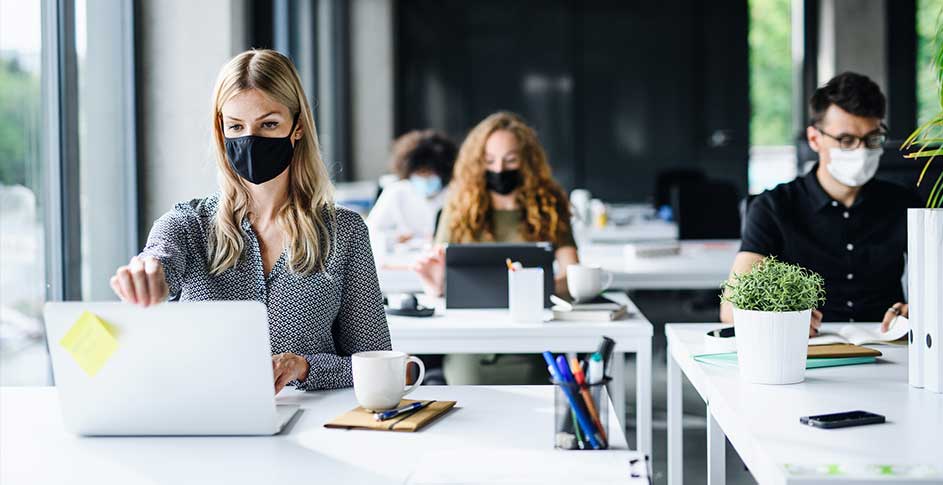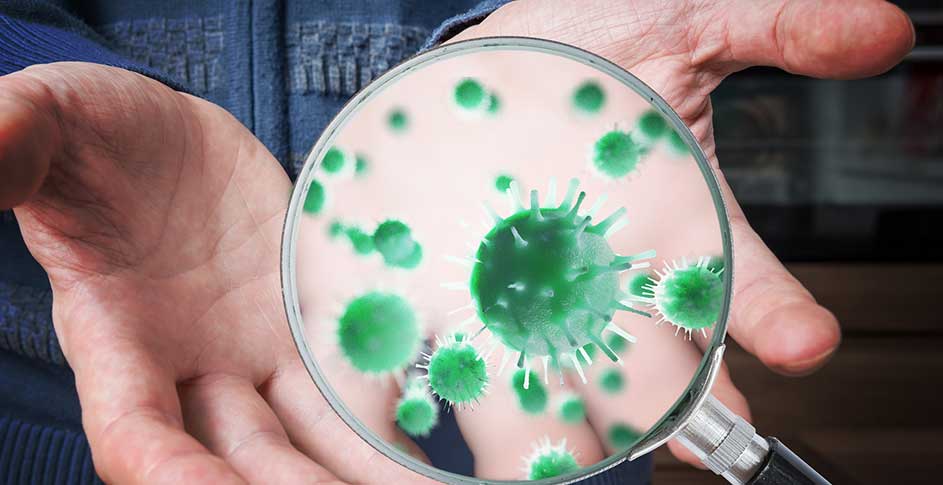Over the past two weeks you’ve probably observed coworkers, family, and friends sniffling from this year’s round of the Christmas cold. With it being winter and flu season, the body’s antiviral response is already underperforming and at risk for contracting viral infections. According to the CDC, the current season is showing infections of influenza, RSV, or COVID-19 have spread at high levels simultaneously. This is evident as new hospital admissions for COVID-19 increased by 50%, and admissions for flu more than doubled from the end of November to the end of December.
“And as health-care teams remain dangerously overstretched, they're also grappling with the pressure of what some physicians are calling a ‘new norm’ for seasonal illnesses — a range of viral and bacterial infections all back in circulation, with COVID-19 still chief among them.”
What is a Quad-demic?
You’re probably more familiar with the triple-demic, which is when transmission and infection of Influenza, RSV, and COVID-19 are all heightened. This not only becomes an issue of health but access too. Since the pandemic, the hospital system has been understaffed and overworked by attempting to acclimate to the influx of viral infections alongside an increase in COVID-19 cases. The external factor of prolonged health-care strain is what makes this larger and more demanding than a stand-alone epidemic.
Current Four Epidemics
-
Flu/Influenza
Influenza – a respiratory virus – can infect the lungs and respiratory track and cause issues for high-risk groups (adults over 65, children younger than 5, pregnant people, immune compromised people, and those with chronic health conditions).
-
RSV
RSV – Respiratory Syncytial Virus – is a “common virus that affects the lungs and breathing passages.” The virus poses a major threat to children and vulnerable individuals that may experience serious illness or death.
-
COVID-19
COVID-19 is a disease caused by the coronavirus – SARS-CoV-2. This virus can infect the respiratory tract, lungs, and even the brain. COVID-19 is dangerous for all, but especially for those who are unvaccinated, adults over age 65 years, people who are immunocompromised, and people with certain chronic medical conditions.
-
Crisis
The top crisis plaguing the health-care industry is staff shortages. There are simply too many people who need to be seen and not enough people who can treat them all. Operating with a skeleton crew, just enough to stay afloat, nurses and doctors work with limited resources to reduce hospital wait times. With full occupancy, some hospitals have been forced to hang up tarps to create treatment spaces while others divert patients to other hospitals for care.
| Respiratory Viral Illnesses Have Similar Symptoms and Require Testing to Distinguish | |||
|---|---|---|---|
| SYMPTOMS | COVID | INFLUENZA | RSV |
| Cough | Often | Often | Often |
| Fever | Often | Often | Sometimes |
| Runny Nose | Often | Often | Often |
| Shortness of breath | Sometimes | Sometimes | Often |
| Body aches | Sometimes | Often | Never |
| Headache | Sometimes | Often | Never |
| Fatigue | Sometimes | Often | Never |
| Sore Throat | Sometimes | Sometimes | Never |
| New loss of taste or smell | Sometimes | Rarely | Never |
| Diarrhea | Sometimes | Rarely | Sometimes |
Sources: CDC, San Juan County Health & Community Services
Symptoms of Respiratory illnesses
Influenza, RSV, and COVID-19 all have similar symptoms.Without a viral test, it's diffifuclt to identify the diagnosis and treatment plan
Reduce the Burden and Avoid Hospitals
It’s essential to avoid hospitalization when it comes to getting sick. Not only do 59% of COVID-19 associated deaths occur in a hospital inpatient setting, but you are more likely to contract an HAI that can further worsen your illness. It’s also important to get vaccinated every year to reduce your risk of becoming severely ill.
Wearing a mask can lower your risk of exposure to airborne particulates containing viruses. Breathing filtered air has many benefits including a reduced exposure to harmful contaminants including particulate matter and pathogens. With ActivePure’s filtration technology, our air purifiers expel molecules that reduce pathogens in the air and on surfaces. With proven results against pathogens including H1N1, SARS-CoV-2, and MRSA, ActivePure can help reduce contaminants in your space. Learn more about our efficacy against the COVID-19 virus and other bacteria.



